- Hey Dullblog Online Housekeeping Note - May 6, 2022
- Beatles in the 1970s: Melting and Crying - April 13, 2022
- The Beatles, “Let It Be,” and “Get Back”: “Trying to Deceive”? - October 22, 2021
It’s been almost six decades since The Beatles made their first appearance on the Ed Sullivan Show on February 9, 1964. As a Gen X-era fan, I found watching the four Ed Sullivan Beatles shows in their entirety (on a DVD) a revelation. [The other shows were on February 16 and 23, and September 12, 1965.]
I highly, highly recommend watching the episodes in full; clips of the Beatles’ performances don’t give a sense of what was really happening on stage during these shows. The commercials add yet another dimension, underlining how much the Ed Sullivan show was family-friendly but pitched toward people older than the Beatles’ audience (lots of ads for Anacin, for example). Alas, the complete shows don’t seem to be available on YouTube, but copies of the DVD set are available for about $10.
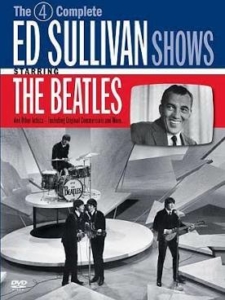
From the first show to the fourth, you can see Ed Sullivan, the other performers, and the camera crew starting to understand that they are in the middle of a tectonic shift. On the first show, Sullivan is visibly rattled by the audience’s screaming when he mentions the Beatles, and the camera doesn’t cut to the audience much during the band’s performance. The other performers like Jimmy John Shark are getting on with things in a business-as-usual manner, but you can catch stunned looks on some of their faces. Something new is happening, and no one is quite sure how to respond. The only people who really look at home on the show are the Beatles. They’re used to the screaming.
By the fourth show, Sullivan can handle the audience reaction with more aplomb, even making joking remarks about it. The camera is on the audience during part of the Beatles’ performance, a recognition that something symbiotic and powerful is going on that transcends the usual polite clapping. And there’s even a reference to the Beatles in a comedy sketch by Marty Allen and Steve Rossi.
As amazing as it is to watch this real-time transformation decades later, I can’t imagine what it must have been like to have watched it as it was happening.

Here are some of the other acts that appeared on each show. The lists really underline the “one of these things is not like the others” feeling of watching the Beatles on this variety show.
February 9, 1964:
The Broadway cast of “Oliver!” (performing songs from the musical)
Fred Kaps (magician)
Wells and the Four Fays (acrobats)
February 16, 1964
Mitzi Gaynor (musical medley)
The Nerveless Knocks (acrobats)
Myron Cohen (comedian)
February 23, 1964
Pinky and Perky (puppets)
Acker Bilk (clarinetist)
Gordon & Sheila MacRae (comedians)
September 12, 1965
Soupy Sales (comedian)
Fantasio (magician)
Cilla Black (singer)

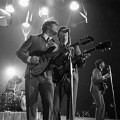
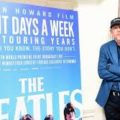
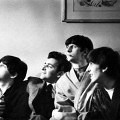
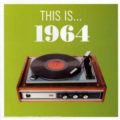
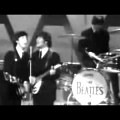
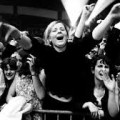

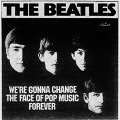
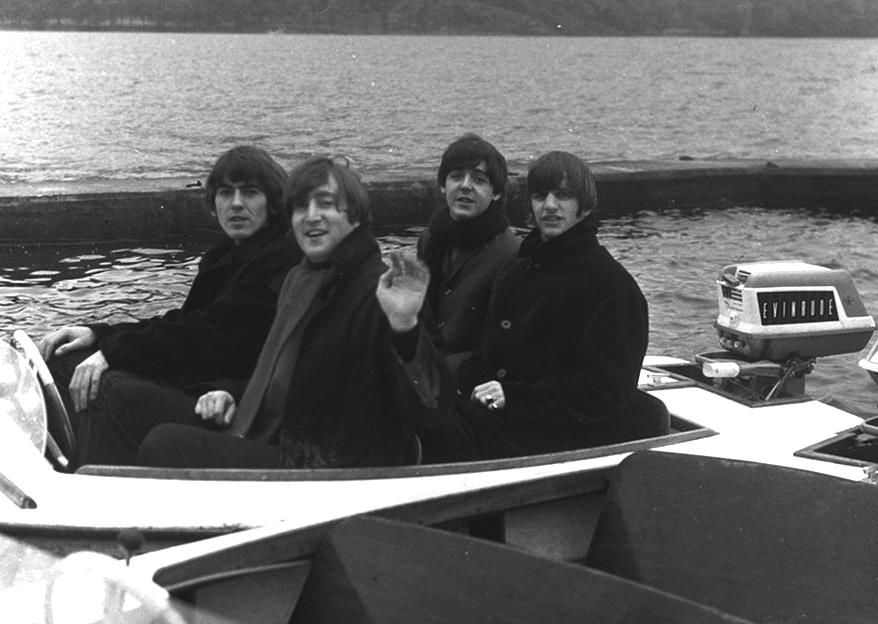
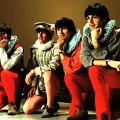
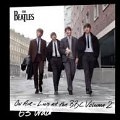

Thanks for the nudge at these DVDs, Nancy, and describing what’s included. I’ve picked up a set for myself super-cheap! Before, I’ve only seen the bits and pieces available on Youtube. Now if I could just find a copy of the entire “The Music of Lennon and McCartney” special from 1965…
Thank you for this post. It was really interesting, and I’m certainly interested in trying to find the full episodes.
Ah, the Broadway cast of “Oliver!” — wasn’t one of the Monkees (then far from being a Monkee of course) in that troupe?
Including (as we all know?) Davy Jones.
Yes, Velvet Hand and Hologram Sam, that “Oliver!” performance does indeed include a young Davy Jones, future Monkee.
And Leigh Ann and Kristy, enjoy the experience of watching the full episodes! The shifts in tone and energy level are really something else. Particularly on that first show, there are moments when Ed Sullivan looks positively frightened by the response that even mentioning the Beatles provokes.
Thanks you so much for the recommendation Nancy! I went hunting and I found a online stream of I think of maybe the second Ed Sullivan episode with the Beatles. I think seeing the sixty style commercials was the best part.
Other then being just cool to watch, it just makes you realise, when you see how antiquated and straight laced the commercials were how revolutionary the Beatles must have seem.* I mean you read about it in books and in documentaries but I think seeing the show in full context made me get it for the first time.
*One ad I did like was one with that Mad Men double entendre suggestive
Deep voice: “Have you ever thought about going native? (Cue scenes of tropical beaches and palm trees and crashing waves) … well try this CAKE MIX!” it was so Don Draper.
Feb. 7, 1959- Buddy Holly’s funeral is held in Lubbock, Texas.
Feb. 7, 1964- the Beatles touch down in America.
The Beatles were lucky Sullivan treated them so well. Previous rock ‘n roll acts were not as fortunate:
Sam, thanks for that context — I think it’s important that the Beatles came after Bo Diddley and Buddy Holly on the show. What I see in the first of the Beatles’ Ed Sullivan appearances is Sullivan realizing that the tide has turned unmistakably in favor of the music he decried as “raucous.” The audience response leaves no doubt of that.
That’s fascinating. I didn’t realize Holly was such a tough cookie – go Buddy! The show also also filmed Elvis from waist up, if I recall correctly. Sullivan was unreasonable with Bo Diddley – he had a song called Bo Diddley, so it was down to Sullivan’s poor communication skills.
Yes, apparently Sullivan’s producers were worried about Elvis’s pelvic gyrations, and so the director relied on a lot of closeups of his face.
Dick Clark was another one who tried to control any artists who appeared on his show. When Buddy & the Crickets were hired for an appearance, Clark gave Buddy a check, and Buddy put it in his shirt pocket. And then one of Clark’s assistants explained how things were done: Buddy would have to give the check back as a favor for American Bandstand playing his songs. Holly just laughed and tucked the check deeper into his pocket. “If Dick doesn’t like our songs, tell him not to play them,” he said.
I’ve always believed the Beatles were lucky that they weren’t dependent on someone like Dick Clark for a record deal or a break in show business. When Clark first heard the Beatles he was unimpressed. He said they just sounded like a bar band. He couldn’t understand their image, either… he just thought their hair and clothes were weird. And yet for years Clark was held up as some sort of shrewd music business savant.
I don’t think Ed Sullivan personally saw anything special in the Beatles. It was the record sales and the audience reaction that convinced him.
I’m so impressed with Buddy. Holly. Here I thought he was just an excellent songwriter with a cool hiccup-style of singing!
Sullivan also demanded that the Rolling Stones change their song from “Let’s Spend the Night Together” to “Let’s Spend Some Time Together”. I think they obliged. He told the Doors to take out the line, “Girl we couldn’t get much higher” from “Light My Fire”. Jim Morrison not only sang the line but did so with conviction and the Doors were never invited back by Sullivan. Censorship. What do you expect from a guy who looked like Richard Nixon.
Old showbiz Ed got away with something that would (hopefully) be a career ender nowadays:
https://oldshowbiz.tumblr.com/post/185846872524/according-to-her-autobiography-in-the-1940s
According to her autobiography, in the 1940s pioneering female comedian Jane Kean was raped by Ed Sullivan